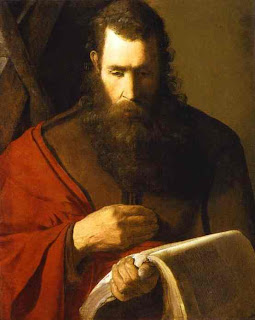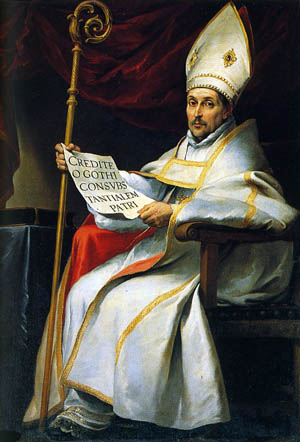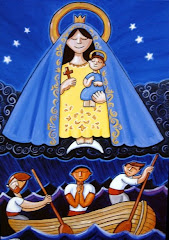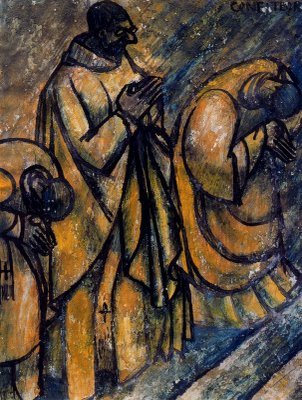 The Most Holy Mother of God
The Most Holy Mother of God
The Marian Credo
The four Marian dogmas
Four facts of the life of our Lady that all Catholics
must hold and believe as true.
I.
- We believe that the Virgin Mary is the Mother of God.
Therefore we confess one Christ, one Son, one Lord. According to this understanding of the unconfused union, we confess the Holy Virgin to be the Mother of God because God the Word took flesh and became man and from His very conception united to Himself the temple He took from Her.
[therefore] if anyone does not confess that Emmanuel is God in truth, and therefore that the holy virgin is the mother of God (for she bore in a fleshly way the Word of God become flesh, anathema sit (let him be cast out).
[Council of Ephesus 431]
"How does this happen to me, that the mother of my Lord should come to me?" (Luke 1:43)
II.
- We believe that the Blessed Virgin Mary, the Mother of God was preserved in the integrity of Her virginity before, during, and after the birth of the Redeemer.
If anyone will not confess that the Word of God has two nativities, that which is before all ages from the Father, outside time and without a body, and secondly that nativity of these latter days when the Word of God came down from the heavens and was made flesh of holy and glorious Mary, mother of God and ever-virgin, and was born from her: let him be anathema.
[Second Council of Constantinople 553]
"Then said the LORD unto me; This gate shall be shut, It shall not be opened, and no man shall enter in by It; because the LORD, the God of Israel, hath entered in by It, therefore It shall be shut." (Ezekiel 44:2)
III.
- We believe that the Blessed Virgin Mary was preserved from the moment of Her conception from the stain of original sin by a singular grace of the Almighty.
We declare, pronounce, and define that the doctrine which holds that the most Blessed Virgin Mary, in the first instance of her conception, by a singular grace and privilege granted by Almighty God, in view of the merits of Jesus Christ, the Savior of the human race, was preserved free from all stain of original sin, is a doctrine revealed by God and therefore to be believed firmly and constantly by all the faithful."
Hence, if anyone shall dare--which God forbid!--to think otherwise than as has been defined by us, let him know and understand that he is condemned by his own judgment; that he has suffered shipwreck in the faith; that he has separated from the unity of the Church; and that, furthermore, by his own action he incurs the penalties established by law if he should are to express in words or writing or by any other outward means the errors he think in his heart.
[Apostolic Constitution; Ineffabilis Deus: Pope Pius IX 1854]
IV.
- We believe that the Blessed Virgin Mary, the Immaculate Mother of God was assumed body and soul into the Glory of Heaven at the end of Her life.
We pronounce, declare, and define it to be a divinely revealed dogma: that the Immaculate Mother of God, the ever Virgin Mary, having completed the course of Her earthly life, was assumed body and soul into heavenly glory. Hence if anyone, which God forbid, should dare willfully to deny or to call into doubt that which we have defined, let him know that he has fallen away completely from the divine and Catholic Faith.
[Apostolic Constitution; Munificentissimus Deus: Pope Pius XII 1950]
"When this mortal thing hath put on immortality, then shall come to pass the saying that is written: Death is swallowed up in victory. " (I Corinthians 15:54)
 January 1st.
January 1st.


































